Gateway to the Confederacy
New Perspectives on the
Chickamauga and Chatt anooga Campaigns, 18621863
GATEWAY TO THE CONFEDERACY
EDITED BY EVAN C. JONES AND WILEY SWORD
LOUISIANA STATE UNIVERSITY PRESS

BATON ROUGE
Published by Louisiana State University Press
Copyright 2014 by Evan C. Jones and Wiley Sword
All rights reserved
Manufactured in the United States of America
First printing
Designer: Barbara Neely Bourgoyne
Typeface: Ingeborg
Printer and binder: Maple Press
Maps by Hal Jespersen
Caroline E. Janneys chapter, No Sickly Sentimental Gush: Chickamauga and Chattanooga National Military Park and the Limits of Reconciliation, originally appeared in the Journal of the Civil War Era, Volume 2, No. 3. Copyright 2012 the University of North Carolina Press. Used by permission of the publisher. www.uncpress.unc.edu.
LIBRARY OF CONGRESS CATALOGING-IN-PUBLICATION DATA
Gateway to the Confederacy : new perspectives on the Chickamauga and Chattanooga Campaigns, 18621863 / edited by Evan C. Jones and Wiley Sword.
pages cm
Includes index.
ISBN 978-0-8071-5509-7 (cloth : alk. paper) ISBN 978-0-8071-5510-3 (pdf) ISBN 978-0-8071-5511-0 (epub) ISBN 978-0-8071-5512-7 (mobi) 1. Chickamauga, Battle of, Ga., 1863. 2. Chattanooga, Battle of, Chattanooga, Tenn., 1863. 3. Chattanooga Region (Tenn.)History, Military19th century. I. Jones, Evan C., 1980 editor of compilation, author. II. Sword, Wiley, editor of compilation, author.
E475.81.G38 2014
973.7'359dc23
2013037866
The paper in this book meets the guidelines for permanence and durability of the Committee on Production Guidelines for Book Longevity of the Council on Library Resources.

In Memory of Stephen Innes
Friend and Mentor
Whose example showed that the historians craft could be an ennobling one.
CONTENTS
EVAN C. JONES AND WILEY SWORD
CHAPTER 1
The Funnel of the Universe
The Chattanooga Country and the Civil War
RUSSELL S. BONDS
CHAPTER 2
Last Chance for a Short War
Don Carlos Buell and the Chattanooga Campaign of 1862
GERALD J. PROKOPOWICZ
CHAPTER 3
A Legend in the Making
Nathan Bedford Forrest at Chickamauga
DAVID A. POWELL
CHAPTER 4
Incubator of Innovation
The Army of the Cumberland and the Spirit of Invention in 1863
DAVID A. POWELL
CHAPTER 5
A Tale of Two Orders
Chickamauga, September 20, 1863
WILLIAM GLENN ROBERTSON
CHAPTER 6
War and Politics
Jefferson Davis Visits the Army of Tennessee
CRAIG L. SYMONDS
CHAPTER 7
A Malignant Vindictiveness
The Two-Decade Rivalry between Ulysses S. Grant and William S. Rosecrans
EVAN C. JONES
CHAPTER 8
Our Fireside in Ruins
Consequences of the 1863 Chattanooga Campaign
WILEY SWORD
CHAPTER 9
Ambrose Bierce, Chickamauga, and Ways to Write History
STEPHEN CUSHMAN
CHAPTER 10
No Sickly Sentimental Gush
Chickamauga and Chattanooga National Military Park and the Limits of Reconciliation
CAROLINE E. JANNEY
ILLUSTRATIONS
FIGURES
MAPS
Gateway to the Confederacy
INTRODUCTION
EVAN C. JONES AND WILEY SWORD
The 1862 and 1863 campaigns waged for possession of Chattanooga, Tennessee, rank among the most significant of the American Civil War. Located in a narrow valley hollowed beneath the looming Blue Ridge Mountains and Appalachian Plateau to the east and the numerous mountains of the Cumberland Plateau to the west, Chattanooga sat at a transportation confluence where roads, four major railroads, and the Tennessee River converged. Situated in southeastern Tennessee just miles from North Georgia, the diminutive village consequently served as a remote hub, located literally along the border of the Upper South and the Deep South. Between April 1862 and November 1863, Union forces from both the wars western and eastern theaters launched two key offensives to capture this otherwise obscure whistle stop.
While Chattanoogas significance in Civil War historiography has remained largely overshadowed by attention directed by scholars to other events, the regions importance evaded few key players or observers during the war. Writing from Vienna, Austria, in March 1862 for the newspaper Die Presse, the politically radical yet astute Karl Marx and Friedrich Engels pronounced, It is now the task of the Northern generals to find the Achilles heel of the cotton states. And to that end, locating the transportation nexus of the Confederacy, declared the northsouth and eastwest hubs of Chattanooga and neighboring Dalton, Georgia, to be the most important railway junctions of the entire South.
A few weeks later, in April, at the beginning of the 1862 Chattanooga campaign, the now legendary Union saboteur James J. Andrews regarded the city as the most important strategic point in the Confederacy. Before the battles for Chattanooga ended, neither the Washing-ton nor Richmond governments spared any expenditure in blood, treasure, men, or materiel to maintain a hold over the city and its gateway through the mountains. For President Lincoln, these campaigns wagered both political risks and opportunities for his besieged administration. A Federal-held Chattanooga meant a lasting liberation of Unionist East Tennessee and an open road to Georgia and the interior of the Confederate southeast. Faced with an ever receding frontier, the prize proved so valuable to Confederate president Jefferson Davis that he personally traveled to Chattanooga in October 1863 to further his armys likelihood of success there.
Theater of Operations, 18621863.
The first Federal effort to seize the city came in the spring and summer of 1862. Between April and June of that year, the secretary of war, Edwin Stanton ordered a massive concentration of U.S. forces brought to bear against Chattanooga from various points in the western theater. Following the successful seizure of northeast Alabama by Union brigadier general Ormsby M. Mitchels division, an almost entirely undefended Chattanooga seemed a prize within easy reach. In June the War Department, acting decisively, ordered that Major General Don Carlos Buell join Mitchel with the rest of the Army of the Ohio by marching overland from Corinth, Mississippi, and unite with Brigadier General George W. Morgans command, which would push southward through Knoxville from the Cumberland Gap. The combined strength of this massive pincer movement was designed to isolate Chattanooga and overwhelm its few defenders. The Confederates reactive-offensive strategy, as implemented by the Army of Tennessees new commander, General Braxton Bragg, however, shifted the Federal focus away from the city almost overnight. By advancing his rebels northward through Chattanooga and into Kentucky, Bragg forced Buell and the entirety of the Army of the Ohio to give chase and ultimately give battle near Perryville on October 8. Though Bragg was ultimately defeated in his failed Kentucky invasion, this move thwarted any Union threat to Chattanooga for some ten months. In many respects, no event of the war provided more colorful figures, nor provoked more daring feats, than the 1862 Chattanooga Campaign. Between the eccentric astronomer-general Ormsby Mitchel; the fiery Maine-born Confederate defender of Chattanooga, Danville Leadbetter; East Tennessee Unionist saboteurs known as the bridge burners; and most memorably the twenty-four men of the Andrewss Raid, which resulted in the most famous locomotive chase in history, the 1862 campaign provides a rich tapestry for scholars to marvel. Most important of all characteristics, however, is that the failed expedition marked one of the principal missed opportunities experienced by any Union army during the Civil War.




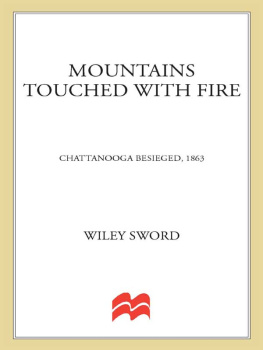
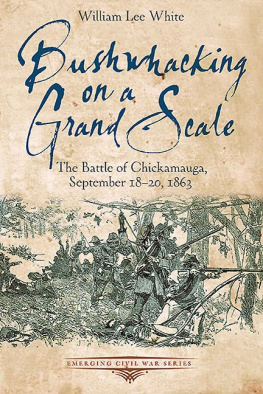
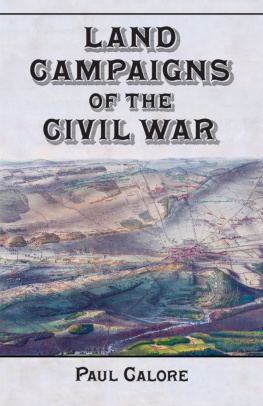
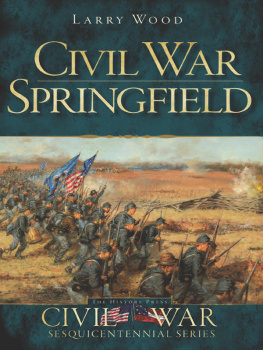
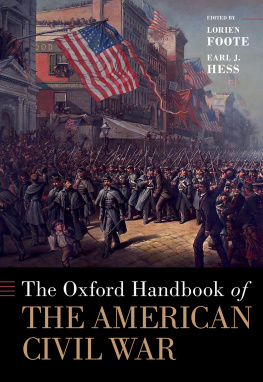

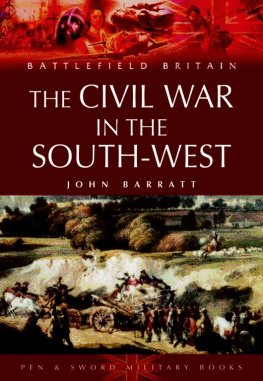

 BATON ROUGE
BATON ROUGE
